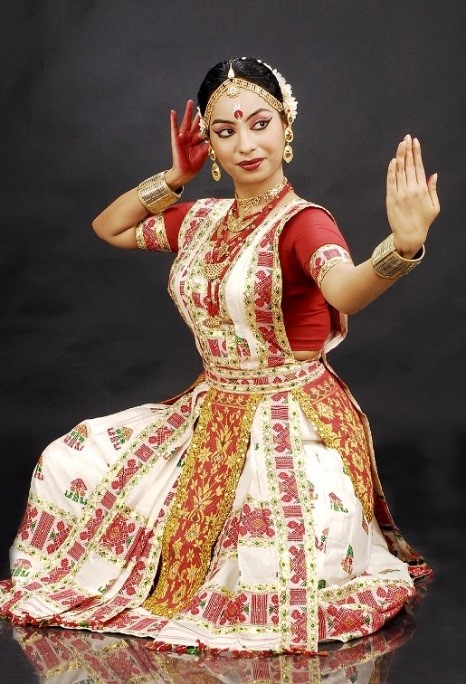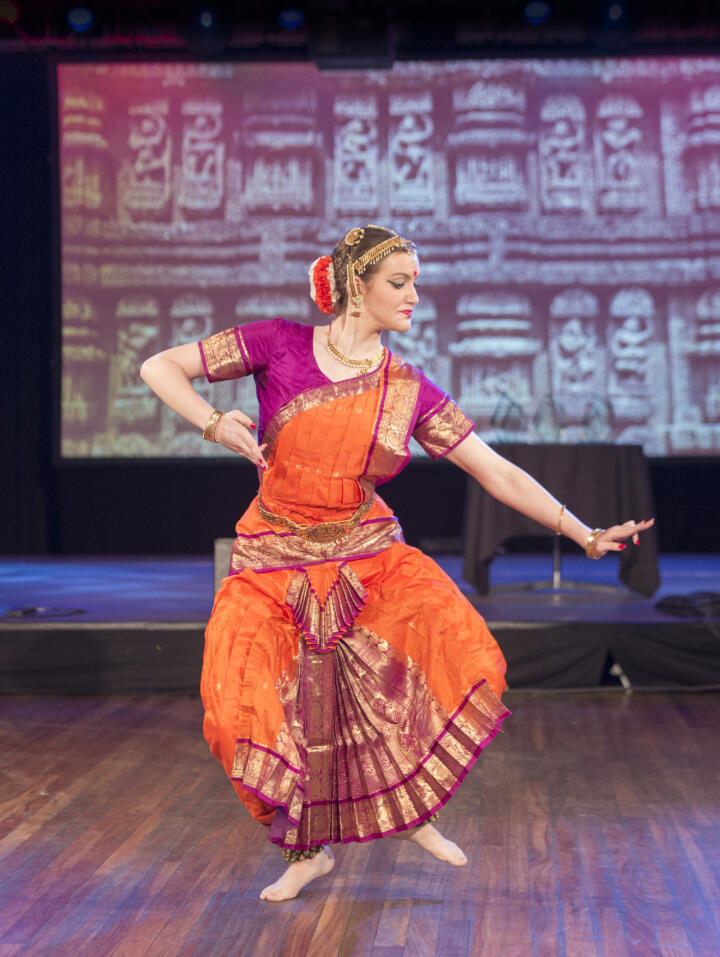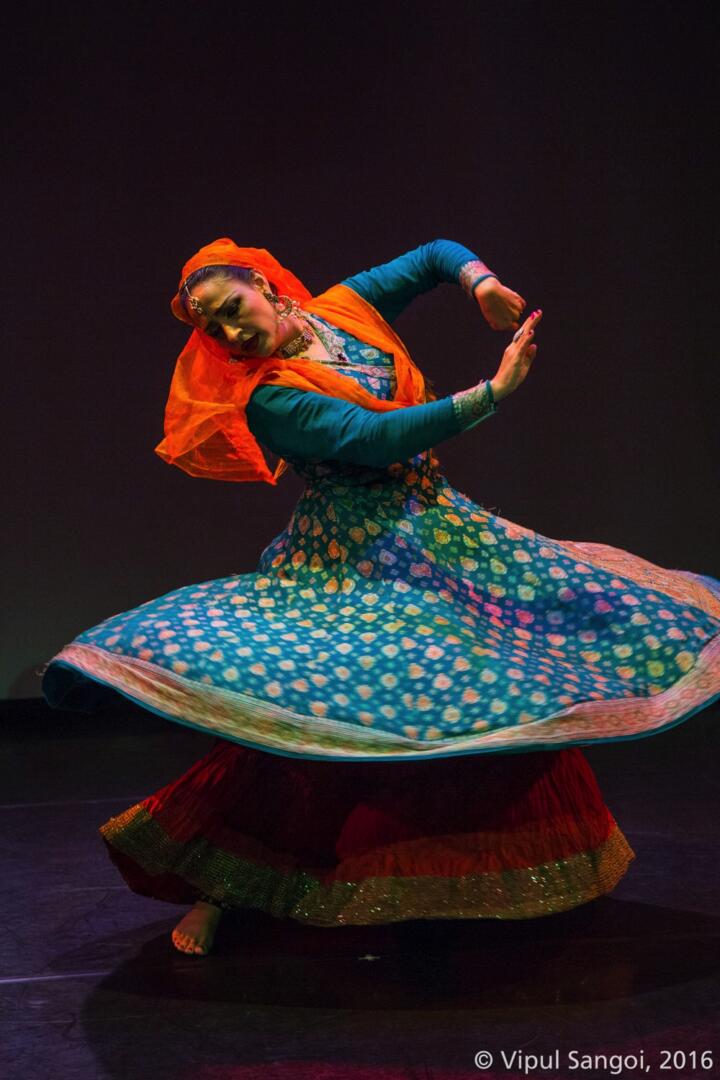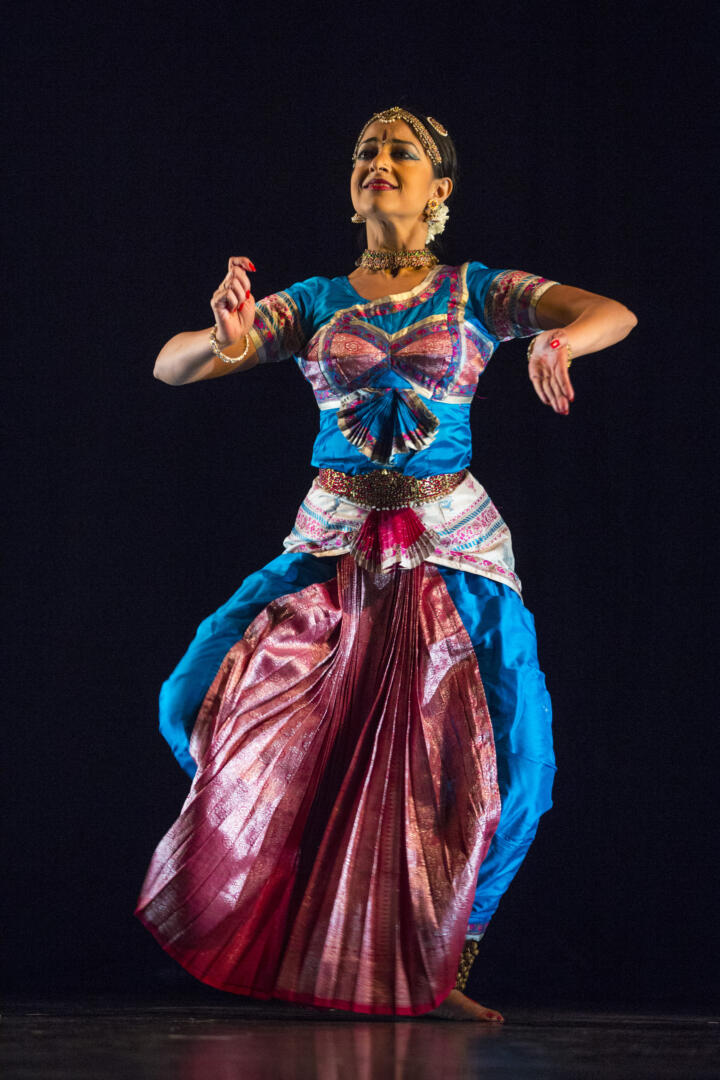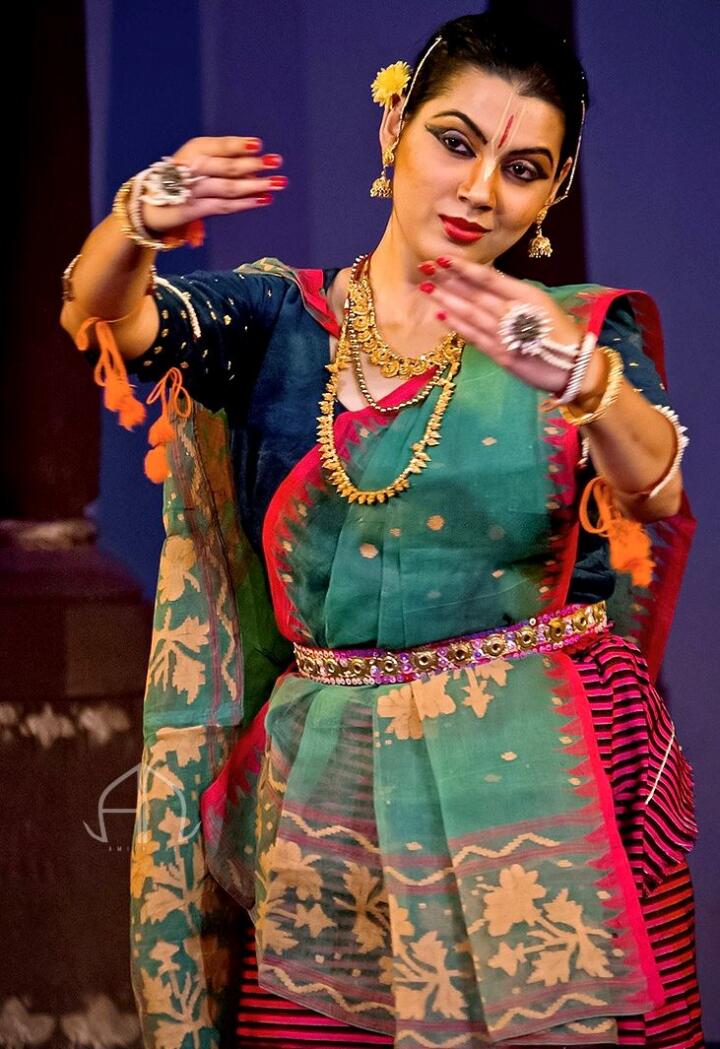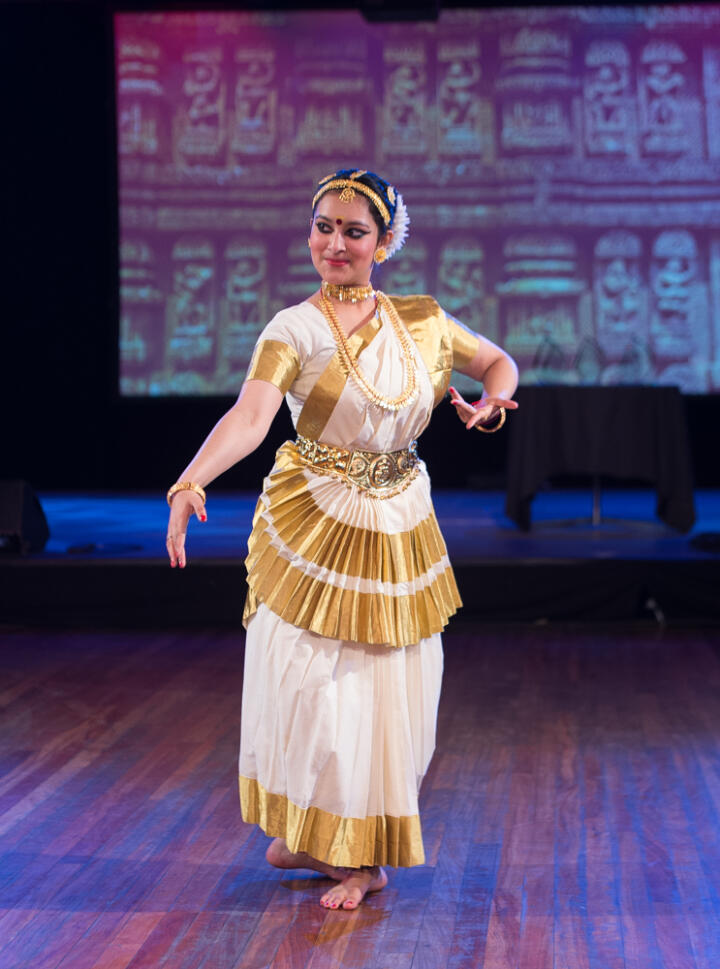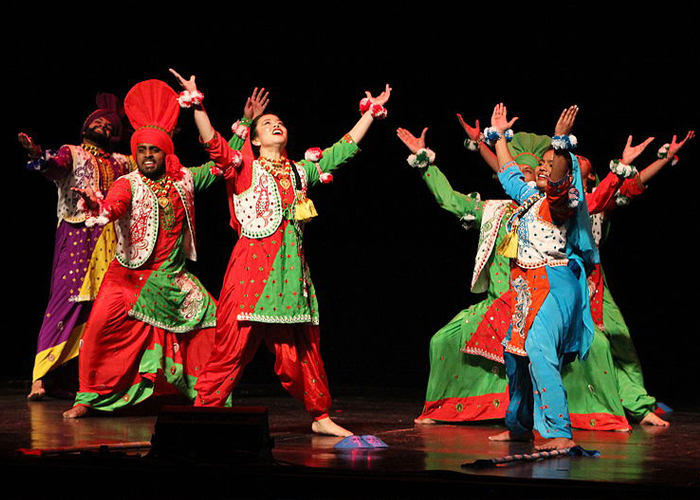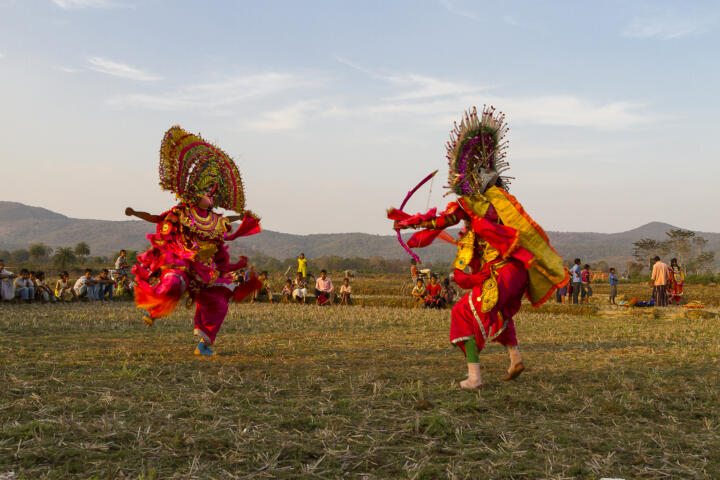Sattriya
A guide to Sattriya
Sattriya dance was originally practised by celibate monks in Assam in the form of mythological dance-dramas. This dance form has remained a living tradition in Assam’s Vaishnava monasteries, known as sattras, for over 500 years now. These dance-dramas were written and directed by the Assamese Vaishnava saint and social reformer Sankaradeva, and by his principal disciple Madhavadeva. They were mostly composed during the 16th century.
Sattriya dance’s strict adherence to the principles of the sattras has allowed it to maintain its pure form and its distinct style. Traditionally, Sattriya was performed only by male monks in monasteries as a part of their daily rituals or to mark special festivals. Today, in addition to this practice, Sattriya is also performed on stage by men and women who are not members of the sattras.
Like the other Indian Classical dance forms, Sattriya encompasses the principles required of a classical dance form such as a distinct repertoire (marg) and the aspects of nritta (pure dance), nritya (expressive dance), and natya (abhinaya).
Sattriya Nritya is accompanied by musical compositions called borgeets (composed by Sankardeva and Shree Shree madhavdev, among others) which are based on classical ragas. The instruments that accompany a traditional performance are khols (drums), taals (cymbals) and the flute. Other instruments like the violin and the harmonium have been recent additions.
The costumes are usually made of pat – a silk produced in Assam which is derived from the mulberry plant – and woven with intricate local motifs. There are two types of costumes: the male costume comprising the dhoti and chadar and the female costume comprising the ghuri and chadar. The waist cloth which is known as the kanchi or kingkini is worn by both the male and female dancers. The ornaments, too, are based on traditional Assamese design.
